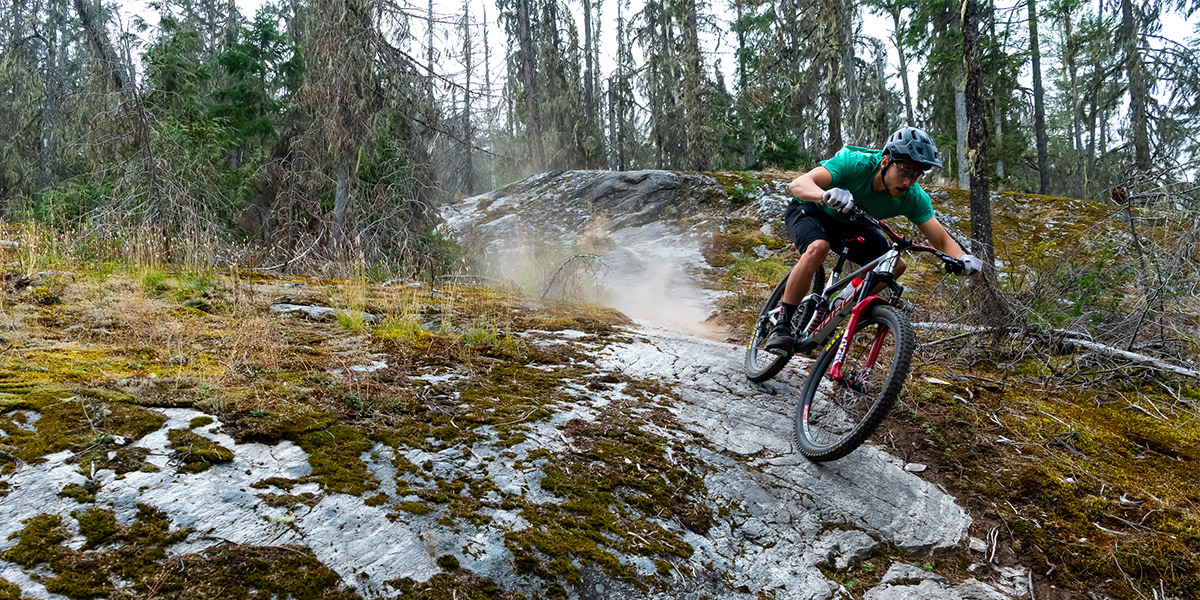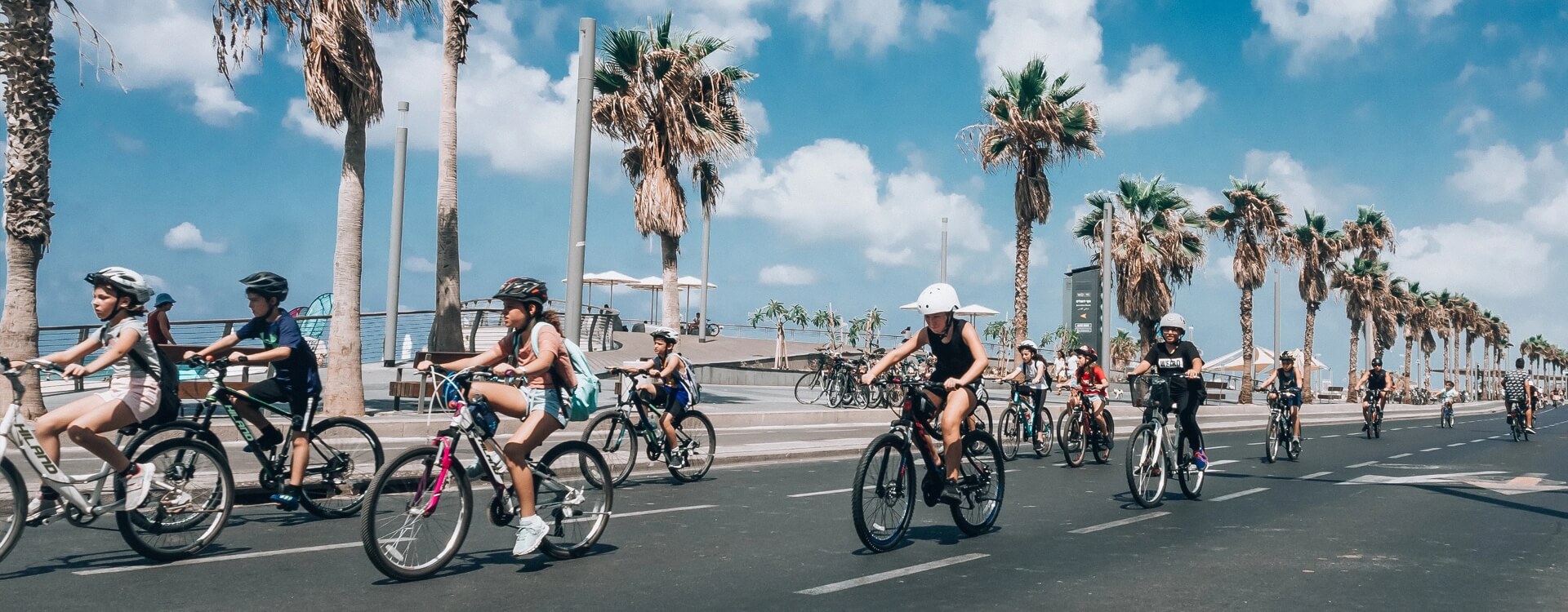
Tire pressure is a very technical problem, and it is one of the most important factors in your mountain bike. There is a lot of discussion about tire pressure. “Of course, tire pressure is a very serious problem!
If a tire exceeds the maximum tire pressure, it will not explode like a balloon, but the rim can not bear it. Not every wheel is same. Some can withstand high tire pressure, but some can’t. Manufacturers can’t know what kind of rim you need get. Therefore, their records of the maximum tire pressure that the rim can withstand are generally conservative. For mountain bike enthusiasts, the maximum tire pressure is not a problem. Because they usually use a lower tire pressure, and the ride will be smooth, especially the tubeless tire. Here are six factors that we believe affect tire pressure:
1. Driver’s weight: the performance of a tire depends on the driver’s weight. For example, a 66kg driver uses 26×2.2 tires may find that the tire pressure at 35psi is too hard and lacks grip. On the contrary, a 113kg driver riding the same bike will find that the tire pressure is too low.
2. Tire volume: Tire volume is closely related to tire pressure. The size of a tire determines how well it performs. 35psi feels good on a 700x25mm tire, but it is not good on 26×3 8’s tires, will be very flat, and the driver will directly feel the existence of stones. Big people and thin people must have different tire pressure.
3. Terrain: what is the terrain you usually ride? Is it soft mud land? Or full of rocks? If it is the latter, you should consider raising the tire pressure to prevent rim injury and tire burst. When you meet the rock area, Properly increase the tire pressure to prevent rim injury and tire burst
4. Riding style: the harder you play, the more you will find that you need higher tire pressure. If you ride gently, it’s different. Will you choose a route to avoid the rock area? Will you keep your tires on the road or like to jump?
5. Rim width: rim width is a very important factor. Of course, a wide rim can better support the tire, because it can allow you to use lower tire pressure to prevent tire separation.
6. Tire structure: the combination composition of a tire will determine the performance of the tire, which involves the TPI value of the tire. TPI is simply the density of the tire. A tire with high TPI will be softer than a tire with low TPI. Here, you will find that when you need to increase the tire pressure, you should consider the TPI factor. It is worth mentioning that the tire pressure of tubeless tire is usually low to ensure similar performance with tubeless systems.
To find the right tire pressure for you, please remember the above six factors and go to more practice. Remember, take the air pump and friends with you. When you go to the mountains and feel the difference caused by the change of tire pressure, you will find the correct tire pressure.


